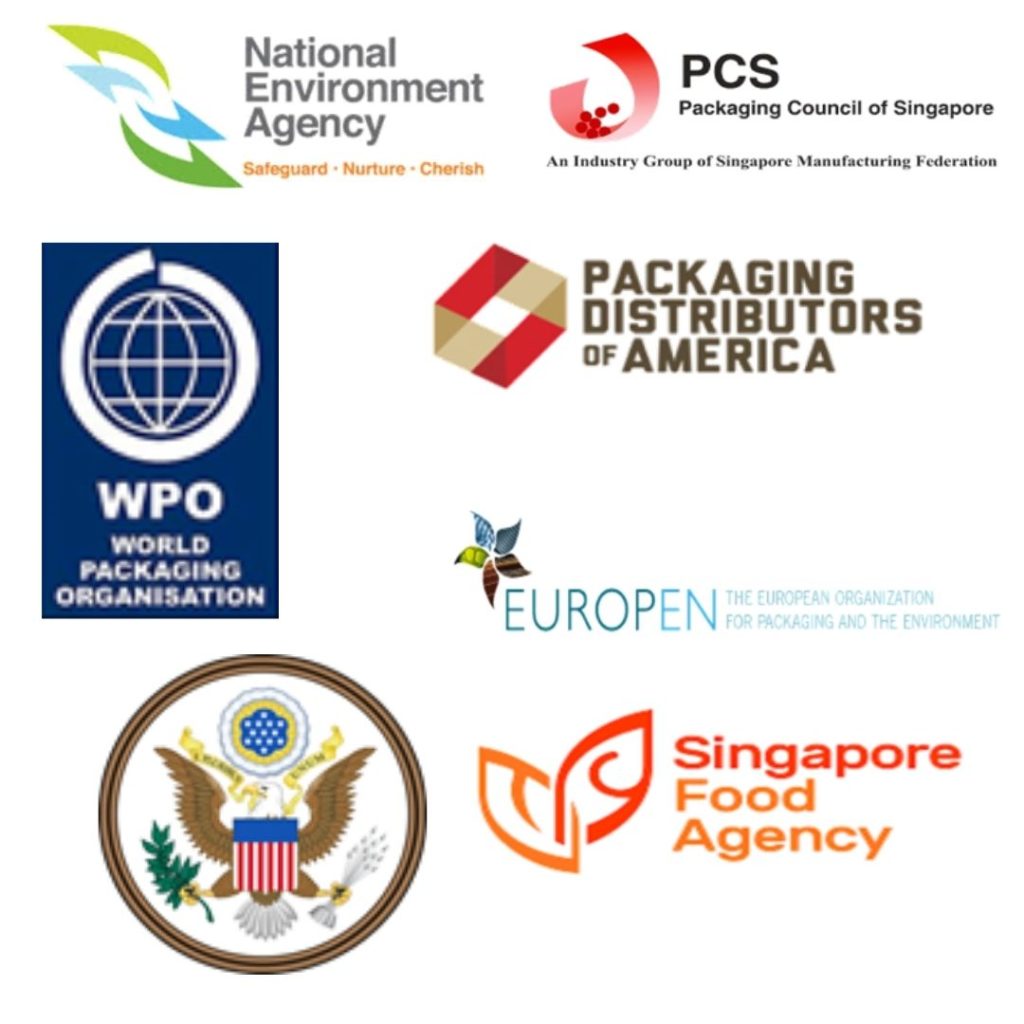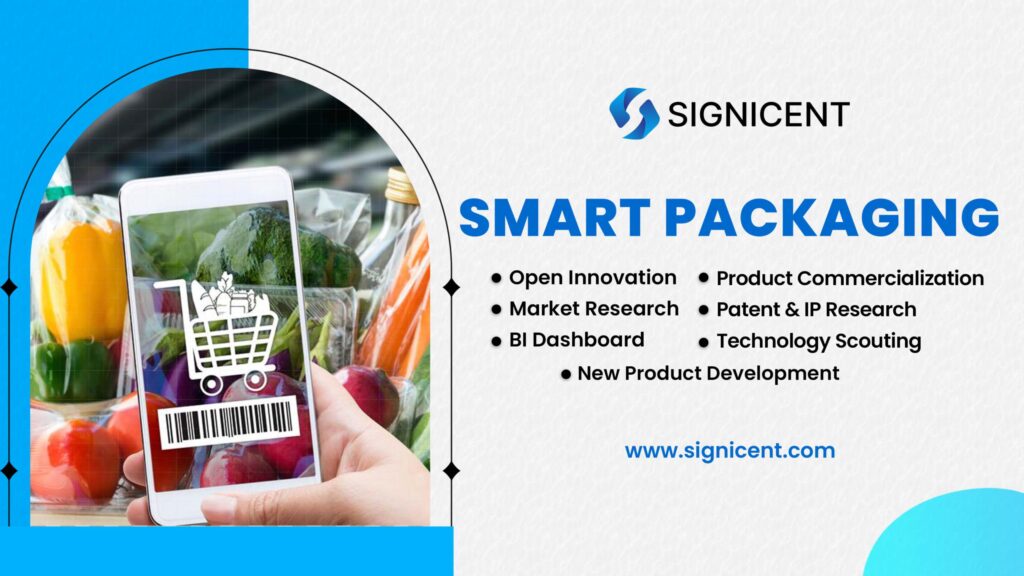Note: The free primer on smart packaging industry report can be requested from here.
The paradigm of smart packaging is the need of the hour because of constant lifestyle changes. From working-class to troops, from kids to collegiate every section of the society is eager for innovations in packaging that resolve the existing issues. Due to the undying competition faced by packaging companies, more and more companies are exploring for innovations in smart packaging.
Let us dwell deeper to get insights on innovations, market and emerging trends related to the packaging industry, eventually you can also incorporate them into your organization and achieve your business objectives. The flexible packaging market size was valued at USD 228 billion in 2019 and is anticipated to expand at a CAGR of 3.3% over the forecast period with a value of USD 269 billion by 2024.
Game-Changing Technologies in Smart Packaging:
Chromatic Technologies Inc. received a patent for Novel red dye chromophores and associated ink compositions which have excellent thermal and photostability. It can successfully indicate the state of the product and a viable solution to either increase or decrease the temperature as required.
Inspiring Case Study:
- Innovation in self-cooling packaging can lead to a 100% safe and environment-friendly self-refrigerating process.
- Several years ago, a self-cooling packaging for beer using HFC-134a coolant was made. But it was not accepted because of the presence of greenhouse gas, which was 1400 times more potent than carbon dioxide.
- In 2012, it gained popularity in the beverage industry due to the introduction of self-cooling packaging in the form of cans.
Methodology Used in Smart Packaging:
To create optimum conditions an endothermic chemical reaction was used to bring a cooling effect. The Internal chamber containing the chemical (E.g., carbon dioxide) triggers the mechanism to release the chemical from the internal chamber to cause the cooling effect for cool beverage consumption.
Startups and Companies
- Chill- Can, Heat Wave and Tempra are extensively working on this technical improvisation to find relevant solutions.
- Use of Thermochromic ink can attract customers as it offers a solution that the majority of customers are looking for. It is a type of dye that changes color when temperatures increase or decrease. When a customer purchases a product and if it is not at the optimum temperature, they can identify that by just looking at the ink color.
Brands working in Self- Cooling Packaging and Thermochromic Inks
- Ifoodbag-2015 (Sweden) develops an intelligent cooling bag that locks in the cold and prevents condensation issues. It can be equipped with a cooling element to keep the right temperature for a longer period.
- Siegwerk-2016 (Germany) is the world’s leading company for packaging inks, for applications such as packaging, labels, and catalogs.
- GEM’INNOV: Offer “tailor-made” thermochromic, photochromic biodegradable, and biocompatible microcapsules for inks or paints.
- Chromatic Technologies Inc: Color Changing Inks for Labels and Packaging
- Colourchange: Colour Changing Print, Inks, and Plastics
- CöLöRs : Thermochromic formulations which are available as a finished ink, pigment, or a liquid crystal screen ink
Collaborations Among Companies
Tempra Technology, recently teamed up with Crown Cork & Seal to launch a new self-refrigerating can that will allow consumers to enjoy a cold, canned beverage anytime. Working in tandem, Tempra will complete the development and commercialization of the beverage container called the Chillable can, while Crown will manufacture and market it.
Recent R&D in Color Changing Inks
- Reversible Nontoxic Thermochromic Microcapsules: Nontoxic chlorophenol red (CPR)–water thermochromic system and its microcapsules with silicone shells via a reaction between water and octadecyltrichlorosilane (OTS) at the interface of a w/o emulsion.
- Biodegradation of thermochromic offset prints: Color degradation of the print on the recycled paper is significant, while lower color degradation was observed for print on synthetic paper. Based on the obtained results, it can be said that the biodegradability of the prints mostly depends on the used paper substrates, penetration of the binder in the paper structure, and therefore, the thickness of the ink print.
Regulatory Authorities: Following are a few noteworthy regulatory authorities governing the packaging industry.

To get heat maps, SWOT, geographical analysis, TRIZ (P\S) Analysis and White space analysis on innovations and technologies relating to packaging, contact us and avail our at par services.
Recent Report
- Future of Cooking with Nanotechnology: How Smart Kitchen Technology Is Transforming Modern Kitchens
- The Hidden Genius Behind Your Devices – Gurtej Singh Sandhu’s Innovations That Fuel Our Digital World
- Hydrogen Fuel Cells — Powering a Cleaner Future of Energy & Mobility
- Antibacterial & Antiviral Technologies for Personal and Home Care
- Why Waterless Beauty Innovations Are the Next Big Thing in Skincare


